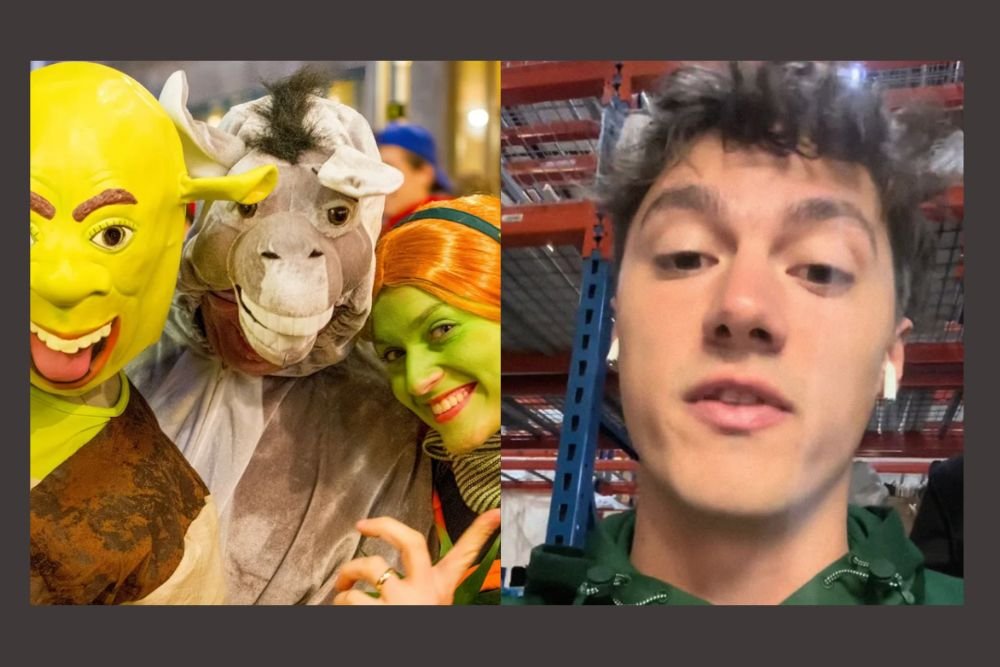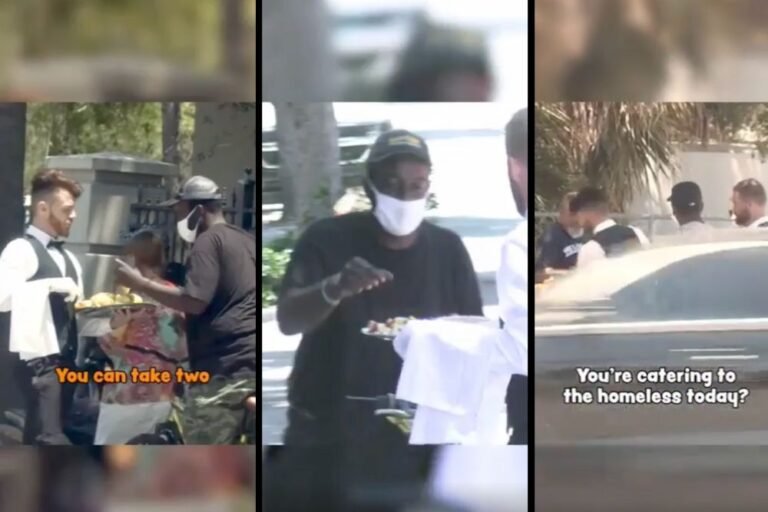Philadelphia Man Warns: Painting Your Face Green for Halloween Could Get You ‘Canceled’ Under Red Lights
PHILADELPHIA, PA — A Philadelphia man’s viral TikTok has sparked a serious Halloween discussion after revealing that painting your face green for costumes like Shrek or Beast Boy could unintentionally resemble blackface under certain lighting conditions.
The warning comes from content creator Sean Touey (@seantouey), whose video has now been viewed more than 2.1 million times. In it, he cautions partygoers about a surprising science-based problem: red lighting can drastically alter the color of green paint, creating an unintended and offensive appearance.
“Just a PSA,” Touey said. “If you’re going to a Halloween party this weekend and you’re dressing as a character who’s green — like Shrek or Beast Boy — make sure this party doesn’t have red lighting, because you might get in trouble.”
Under red light, green pigments appear dark brown or black, a phenomenon that can make it look as though someone is wearing blackface — a practice with a long and deeply racist history in the U.S.
Touey captioned the video bluntly:
“Do it if you want a problematic Halloween.”
Why Red Lighting Changes Green to Black
The reason behind the transformation is rooted in color physics. According to Physics Stack Exchange, when green-painted skin is lit only by red light, the surface has no green wavelengths to reflect, resulting in a nearly black appearance.
Experts explain that our perception of color depends entirely on which light wavelengths are reflected back to our eyes. So, if a Halloween party is illuminated with only red bulbs — a common choice for haunted houses or “spooky” atmospheres — green-painted costumes can suddenly look dark and alarming.
A Deeper Historical Context: Why This Matters
While the viral post began as a practical warning, it’s also a reminder of the painful legacy of blackface, which originated in 19th-century minstrel shows.
As detailed by the National Museum of African American History and Culture, white performers in the 1830s would coat their faces with burnt cork or shoe polish to caricature and demean Black people, reinforcing racist stereotypes that persisted for generations.
“Even unintentional instances that look like blackface can cause harm,” Touey added in follow-up comments. “It’s not about intent — it’s about impact.”
With costume controversies resurfacing almost every Halloween, experts say it’s crucial to consider how colors and lighting might change perception in public or on social media.
@seantouey Do it if you want a problematic Halloween #halloween #halloweencostume #justintrudeau🇨🇦
Commenters Share Their Own Stories
The post quickly filled with comments from people who said they’d learned this the hard way.
“I thought my friend was dressed as Black Santa and I got so scared. He was the Grinch,” one user wrote.
“I got photoshopped out of pictures…,” another shared.
“Yes, I did this a couple years ago. I got canceled. I swear I was green,” someone else admitted.
“I feel like Shrek might get away with it because of the ears,” another joked, “but Beast Boys and Elphabas without hats might be in trouble.”
A Viral PSA That’s Part Science, Part Social Awareness
Touey’s TikTok serves as both a science lesson and a cultural caution — reminding Halloween fans that a simple color choice could cause real-world consequences.
As Touey puts it:
“Do your costume. Just make sure it still looks like your costume under the lights.”
For more viral news and cultural trend stories, visit SaludaStandard-Sentinel.com.







